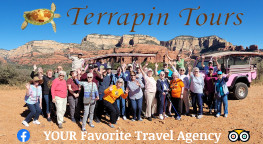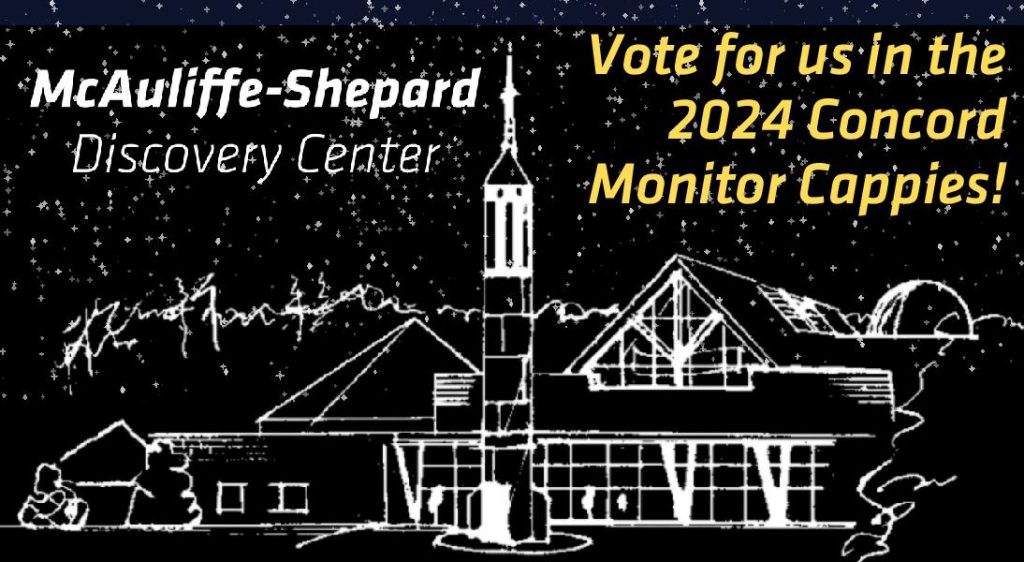Sept. 13, was a beautiful day at Carter Hill Orchard. Fourth grade correspondents Ella Fabozzi and Sophia Johnson went there to learn more about raptors from Robert Vallieres, the raptor guy. Bob is a volunteer with New Hampshire Audubon and can be found this month on the viewing platform at Carter Hill counting the raptors soaring above. He is sometimes accompanied by a red-tailed hawk.
Sophia and Ella opened their interview by telling Bob what they are doing in class to study raptors:
Sophia: We are learning a lot of information about owls and we have groups and we are cutting out the silhouettes and identifying silhouettes and putting them on our ceiling.
Ella: We’re cutting out the actual size.
Bob: Actual size! That’s good.
S: And then we have the silhouette cards where we have notes about the birds, wing features, tail features.
B: That’s fantastic.
Ella: Where was the most unusual place where you saw a hawk?
Bob: Most unusual place?
E: Yes, like a city.
Bob: Well, that’s a good question. We had our first peregrine falcons down in the city of Manchester. We put a nest box down there. It wasn’t until 10 years later that a bird took to that nest box.
E: Yes, my mom saw a hawk with a bird down near Foodees in the street and it was slamming it against the sidewalk.
B: It was killing it. How recent was that?
E: Umm, I don’t know. She just told me about it.
B: We have a falcon who comes to visit and spends the winter here in Concord. It could have been the falcon, but it’s not until we see the birds in silhouette and get our binoculars and that helps us to bring the birds into focus.
S: What first made you want to be a raptor expert?
B: I was recovering from an operation and I went on a tour with New Hampshire Audubon and I saw a peregrine falcon up in Franconia Notch. When I looked at it through the binoculars and got focussed in on it, something very special happened, and from there on I’ve been studying raptors.
S: Wow!
E: What is your favorite bird of prey and why?
B: The peregrine falcon is my particular bird of prey that I admire so much. Because they were endangered and I chose to get involved with endangered species. And I got excited about seeing a peregrine falcon fly by so fast and take another bird right in the middle of the sky in front of me that made me go, “Aahh!” It is kind of these things called aha moments. From then on, they’ve asked me to do studies on peregrine falcons, bald eagles and osprey nest sites all over the state.
S: I like the peregrine falcon a lot, too.
B: Why do you like the peregrine falcon?
S: It’s an interesting bird. It’s sleek and it’s really fast so it can catch its prey. I just think it’s really cool.
B: Me too.
E: I like the osprey a lot. There’s only one of its family. There’s not like a bunch of them. It makes it stand out a little more. I also like the bald eagle.
B: Right, we had a bald eagle fly over today.
E: I went to Montana and we saw three or four bald eagles when we were rafting.
B: Was that exciting?
E: Yeah.
B: You see how you got excited about that? That’s the same kind of thing that happened. It seems to be the spirit of the bird. They float into our lives and then they float away. It’s just momentary, but it’s so exciting.
S: Did you study birds of prey when you were in fourth grade?
B: We didn’t have that program going on yet and I was from up north and we didn’t do the birds of prey at that time. But now it seems that more people are getting involved. We’re able to study more species of birds of prey, and we are able to care for their environment. What’s very important is the environment in which these birds live. If we don’t take care of the environment, your kids and our future friends won’t be able to see them. And I think, like the peregrine that was an endangered species and like the bald eagle that was an endangered species, they are coming back from being endangered.
S: Which is good.
E: Which bird of prey do you feel you are most like? Why?
B: Well, the peregrine is my bird of prey as I’ve said. Why? I have to say there’s something fascinating about going to a nest site and watching these birds in their habitat take another bird and pluck it apart and bring it to their young and feed their young. It’s that growth, that life, that excitement.
E: How does the peregrine falcon make you like it?
S: I think he just answered that question.
E: Which bird of prey do you feel you’re most like?
S: Like, are you swift? Are you . . . ?
B: Oh, I see! How it relates to my life. Oh wow! Well, I would like to think I was strong and fast like the peregrine. I think it’s the keen sense of the bird and its instincts. That’s what really has me by the talon. Do you know what a talon is?
E: It’s the claw sort of thing.
S: At the end of their strong feet – some of them have suction cup things. The talons are the little sharp points that help them grab.
B: You mentioned something about strong. That’s another reason I like the peregrine falcon. It has a sense of strength.
S: I bet I know the answer to this one, but if you could be a raptor, what would you be?
B: (Chuckling) I think I would be a peregrine falcon. But there are other birds that I am working with right now. I am working with the bald eagle at the Audubon Center, and I am teaching it how to come to the glove to eat. There’s something very exciting about that. The courage that it takes for the bird to be around a human being, that’s a special excitement.
E: Have you ever been nicked by a hawk.
B: Oh yes! See this? (Showing large bandages on one hand) I have a Band-Aid on my wrist. And right here, that’s the scar of an eagle. A bald eagle at the center nipped me just below the wrist. It’s something you can’t pull away. If you pull away, it’s going to rip your skin more. When he got ahold of me, I had to wait until he released. It hurt because it had part of the wrist bone. I was like, “Oh my,” and then I saw blood, and of course when anybody sees blood we get “oooh.” But I had to wait for him to . . .
S: Let go!
B: To relax a little bit.
E: Why was he biting you?
B: What I do at the center is care for the raptors. I was in with the bald eagle, and I was doing some feeding. I learned that I shouldn’t have pulled away the prey when I was feeding it. I let go and I pulled away, and he kept going after me. His natural instinct is to kill. The only way he can have food in the wild is to kill, right? So he went after the prey that was in my hand, but he got my wrist.
E: Wow, you don’t hear somebody say that every day, (in a British accent), “I got bitten by a bald eagle.”
B: That’s true. I never knew that I would be this interested or working so intensely with these birds of prey. It just kind of happened.
You’re visiting a hawk-watch site today. This is the hawk watch place that Audubon started last year and we’ve documented over 3,000 birds flying though here and many species, 10 or 12.
S: My teacher said we’re right in the middle of the flyway of the birds.
B: That’s correct.
S: This is sort of like our highways – their flyways when they’re migrating. This is the time when they are migrating, so the flyway is especially busy.
B: Yes it is. They didn’t know that this was a major flyway up until last year here at Carter Hill. They had me come here and do a study, and it proved to be a successful study. We’re on the eastern continental flyway because we’re looking out over the Appalachian Mountains and we can see them way out there. And we can see the river ways. The birds need rivers to have food and water to fly. Then they need these hot thermals with the sun, that is warm air rising. They get into those thermals and soar out of sight. You can go to the website, hmana.org, and they have a whole list of questions that people ask us. What do birds eat in flight? Well, we had an osprey carrying a fish, so they’re eating fish in flight. We had some kestrels catching dragonflies right in front here. The day before yesterday we had some merlin falcons bombing the mannequin owl that’s out here.
S: Well . . . this was a really neat interview.
E: Yeah!
B: I am very happy that you came!
If you want more information about raptors and the hawk migration, ask a local fourth grader or visit the New Hampshire Audubon web site at nhaudubon.org.
Special thanks to Sophia’s mom, Megan DeVorsey, for her fantastic typing and chaperoning skills.























